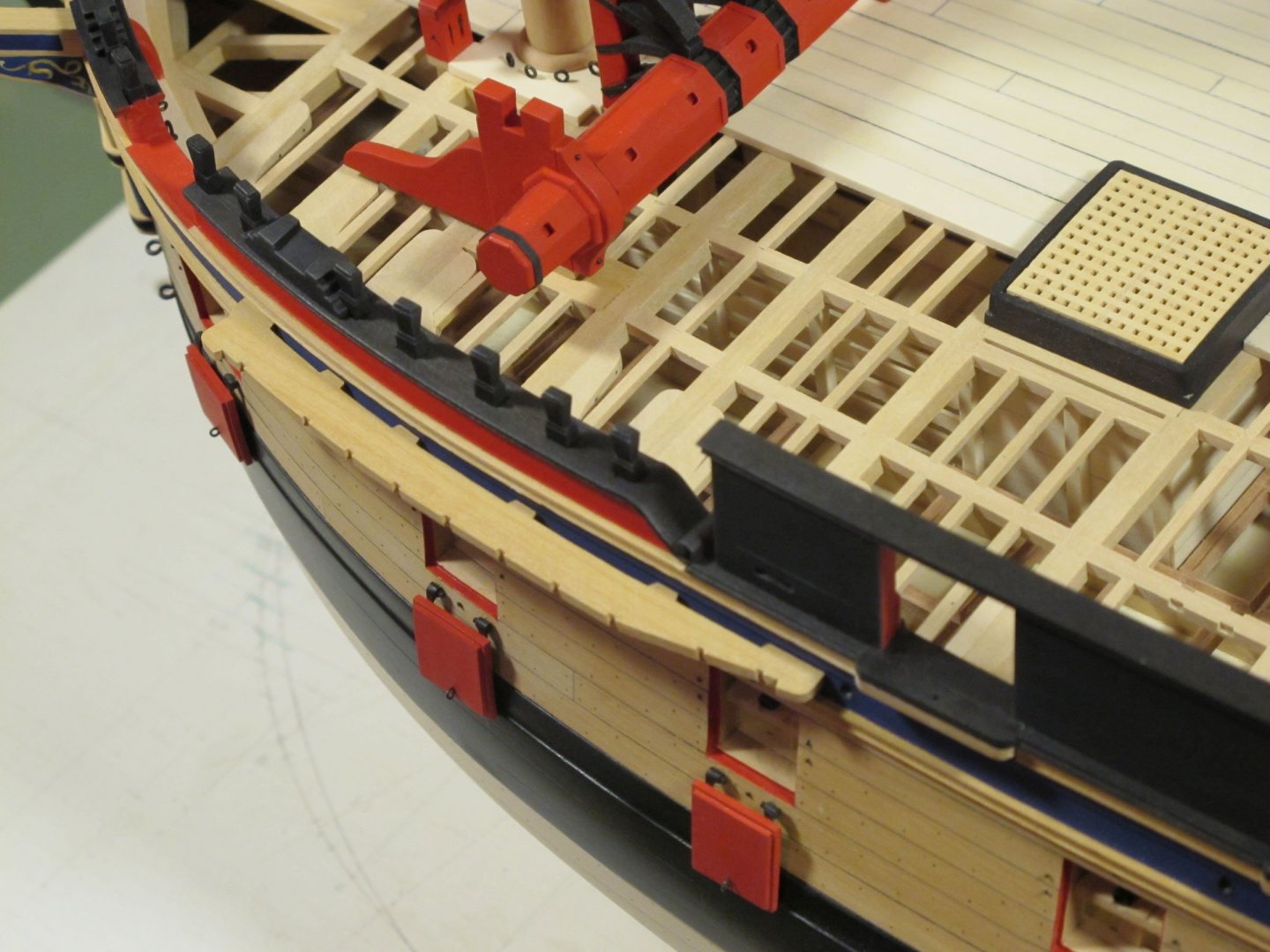-
Posts
13,290 -
Joined
-
Last visited
Content Type
Profiles
Forums
Gallery
Events
Everything posted by druxey
-
To cast your own cannon you will need to learn how to make RTV (room-temperature vulcanising) rubber mold from a master pattern. Alternatively, you could build up the missing cascabel with a modeling compound and panit the completed cannon. Another route woudl be to buy quality resin-cast or 3D printed pieces.
-
Good on you to do the re-do! To tone down any color, just mix the tiniest bit of its complimentary color in. (The appropriate complimentary is found on the opposite side of the color wheel from the color you are trying to tame.)
- 508 replies
-

HMS ANSON 1781 by albert - 1/48 - 64 guns
druxey replied to albert's topic in - Build logs for subjects built 1751 - 1800
Superb work, as always! -
Well and neatly done! It's not a race, so do take your time with the project and enjoy the process.
- 92 replies
-
Nice work and detailing of the deadeyes in particular - a detail seldom seen even in larger scale models. However, the item across the shrouds is called a futtock stave and should be trimmed just outside the shrouds. A buttock is entirely different!
-
Nice, Chris. Pity it won't be protected, though....
- 146 replies
-
- Speeljacht
- Seahorse
-
(and 2 more)
Tagged with:
About us
Modelshipworld - Advancing Ship Modeling through Research
SSL Secured
Your security is important for us so this Website is SSL-Secured
NRG Mailing Address
Nautical Research Guild
237 South Lincoln Street
Westmont IL, 60559-1917
Model Ship World ® and the MSW logo are Registered Trademarks, and belong to the Nautical Research Guild (United States Patent and Trademark Office: No. 6,929,264 & No. 6,929,274, registered Dec. 20, 2022)
Helpful Links
About the NRG
If you enjoy building ship models that are historically accurate as well as beautiful, then The Nautical Research Guild (NRG) is just right for you.
The Guild is a non-profit educational organization whose mission is to “Advance Ship Modeling Through Research”. We provide support to our members in their efforts to raise the quality of their model ships.
The Nautical Research Guild has published our world-renowned quarterly magazine, The Nautical Research Journal, since 1955. The pages of the Journal are full of articles by accomplished ship modelers who show you how they create those exquisite details on their models, and by maritime historians who show you the correct details to build. The Journal is available in both print and digital editions. Go to the NRG web site (www.thenrg.org) to download a complimentary digital copy of the Journal. The NRG also publishes plan sets, books and compilations of back issues of the Journal and the former Ships in Scale and Model Ship Builder magazines.




